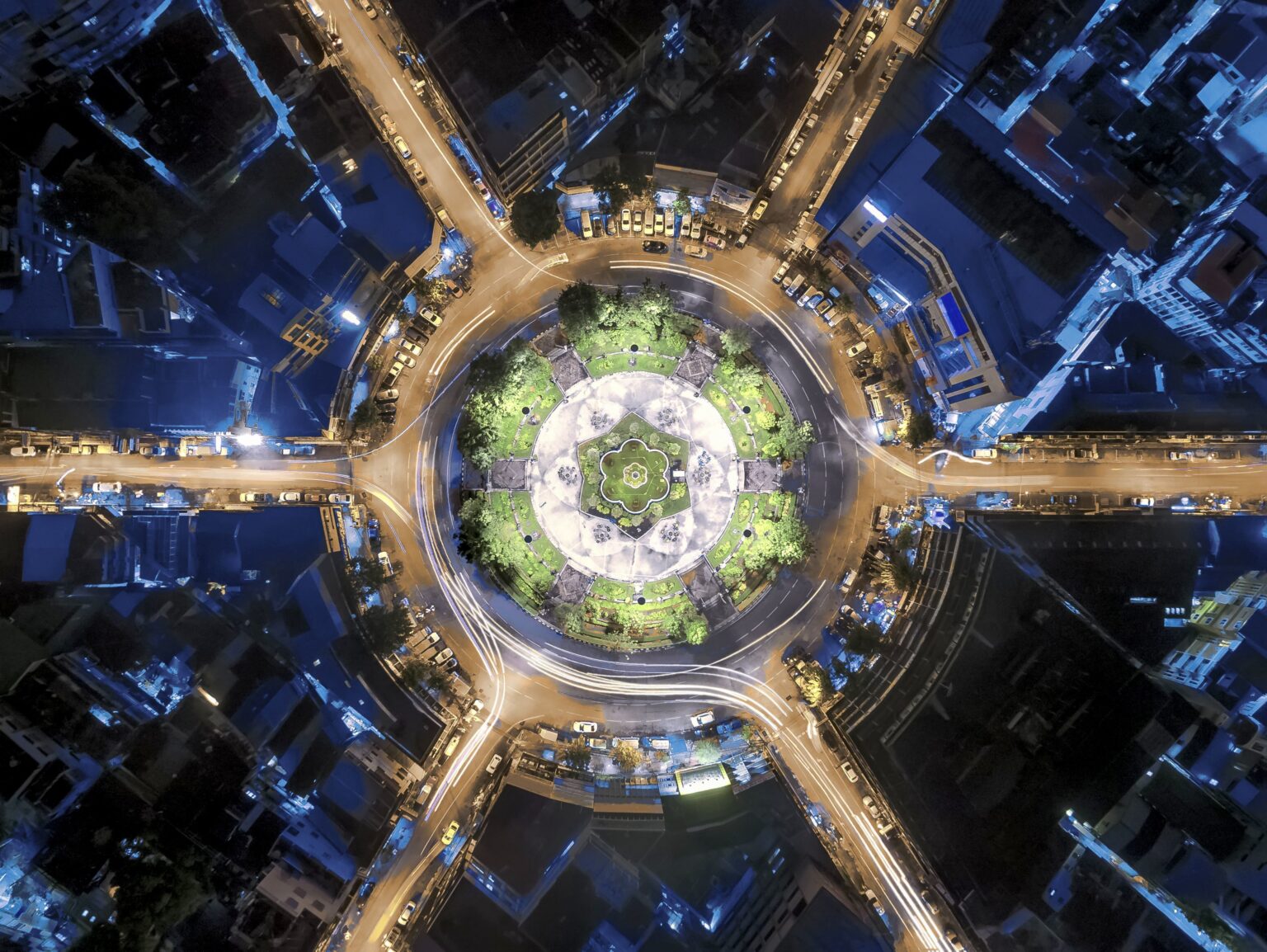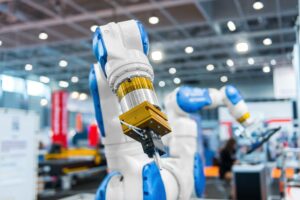When you hear of urban transformations, you tend to think of high-rise mega-cities like Shanghai, Dubai or Hong Kong. Or if it’s technological advances, San Francisco and Silicon Valley might come to mind. But, the cities at the forefront of this growing urban revolution are often the unexpected. Take Kalasatama, a city being built from scratch on the outskirts of Helsinki, Finland. Developers say that by its completion in 2030, residents will get an average hour of their day back by living there.
City residents will never again be stuck behind a rubbish lorry on their commute. Engineers have outfitted the whole city with a vacuum waste system, where people simply take their trash to a port and it gets sucked to an underground disposal center. Another time-saving design is the city layout itself. Public services, such as schools, hospitals and transportation are close to one another and easily accessible.
‘Five more minutes walking in the park, five more minutes with the kids before I have to leave for work, five more minutes earlier at home when I don’t have to spend on logistics,’ Kerkko Vanhanen, the program director for Smart Kalasatama, tells us. ‘Your life is easier because of living in the most functional city in the world,’ he adds.
However, only 3,500 people currently live in Kalasatama. By 2030, developers hope to have housed 25,000 people and created 10,000 jobs.
Urbanization
With 68% of humanity expected to live in urban areas by 2050, according to a 2018 UN report, urban expansion and innovation are vital. This is not a new phenomenon: such transformations have been going on for centuries, from city planning in Mesopotamia to 17th-Century canal systems in Amsterdam installed for defense and water management.
But now development is less about infrastructure and more about an interconnected system of devices, known as the Internet of Things (IoT). Cisco defines the IoT as the point in time when more “things or objects” were connected to the Internet than people. It estimates that by 2020 there will be 50 billion ‘things’ talking to each other. With the shift to 5G and superfast bandwidth speeds, IoT has the potential to make cities more convenient — enabling technology such as traffic sensors or autonomous drones.
New meets old
Cities don’t have to be custom-built to be able to unlock this potential. The ancient cliffside city of Matera in southern Italy is working to become one of the first 5G-enabled cities in Europe. It believes 5G can help it become a center of digital tourism, using technology such as Virtual Reality to show off the cultural and artistic heritage of the city that was named European Capital of Culture in 2019. ‘There’s been a real focus to rejuvenate this area. And to make it a center first of all of tourism but also to take efforts to make it a place for investment in an industry,’ says Jonathan Reichental, an expert on emerging technology trends in urban environments.
Citizen data
High-tech conveniences come at the cost of sharing personal data. ‘Data about you is used for delivering all sorts of both public and private services. And people are concerned about what that means to their privacy,’ says Reichental. As smart cities evolve, governments need to gain the trust of citizens to use their private data responsibly, says Udo Kock, deputy mayor of Amsterdam, where an open data program is helping to make it one of Europe’s most innovative environments.
‘Don’t think of Smart Cities as just a technology solution, think of it as collaboration. Involve communities, involve citizens and it’s very important for governments to work together with businesses and private citizens,’ says Kock.
In association with:




